Last week, Anna and I joined our good friends Tom, Tim and Dori for a splendid week touring the area around Bordeaux, France.
This trip had less emphasis on sight-seeing. That meant fewer pictures from me. Fortunately, Tim is an amazing photographer. So, we were able to pool our images to tell the story of the trip.
We all met up to see the city, take a bike tour, and of course visit a few vineyards. However, our expectations weren’t too high for the city, because one of our favorite tour guides had some rather disparaging remarks. Rick Steves mentioned Bordeaux “must mean ‘boredom’ in some ancient language. If I were offered a free trip to that town, I’d stay home and clean the fridge.” So, with that in mind, we began our visit.
Back in 1855, at the behest of Napoleon III, the wine makers of the region were classified by their relative quality (and price). Four were classified as first growth and given the label Premier Grand Cru Classé. Château Haut-Brion was one, so we decided to take a tour.
Although the tour was less than we hoped, we did learn the manner in which the famous oak flavor is infused in the wine. You can see here the toasting of the French oak barrel.
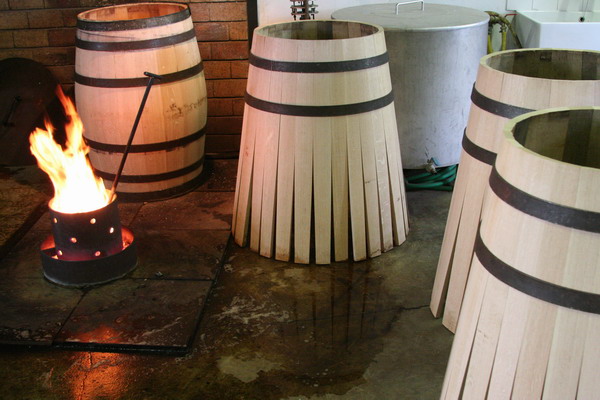
In the cellar, we were offered a glass of the 2004 vintage. Although it wasn’t the best, it was free of charge. That was true for all the wineries we visited. They all offer free tours/tasting.
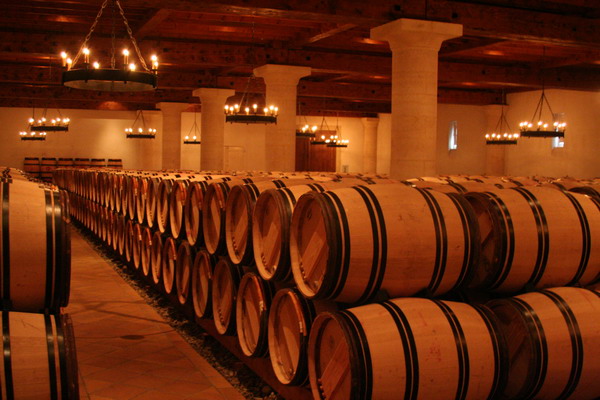
Another interesting aspect is that often you can’t buy wine at the château. Fortunately, as you might imagine, there are a number of wine stores in the city. This is one of the most unique. Five floors of spiraled wine.
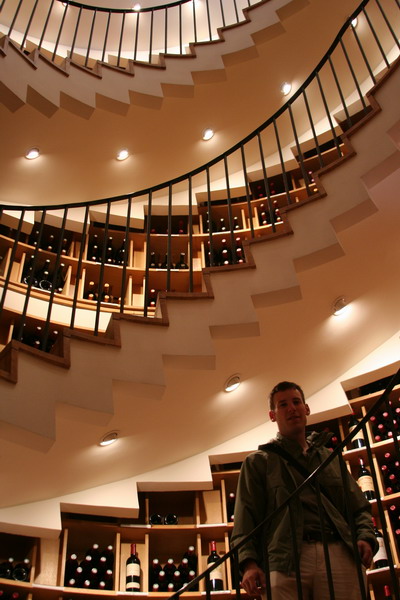
This is one of Tim’s images. You can see what a difference the ultra-wide angle lens makes.

In Bordeaux, we stayed in this great little place.
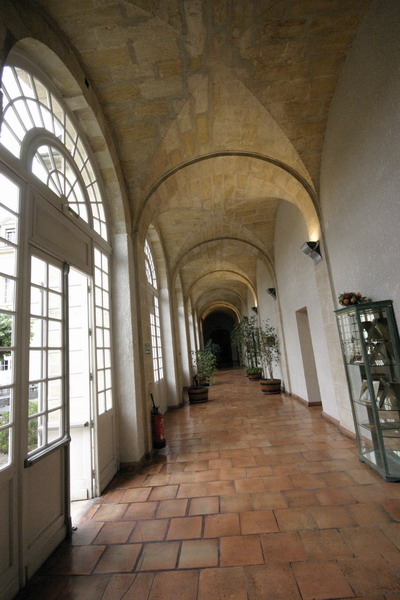
We also walked through the city and found a little friend.
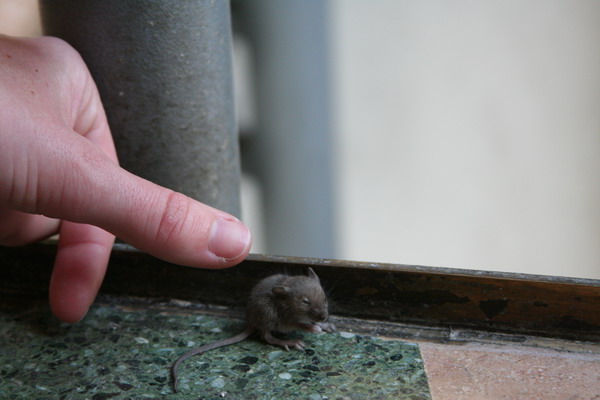
After spending a while in the city, we decided to move our party to the east, in the Sauternes region. This is also the home of the dessert wine of the same name.
The grapes grown are predominantly Semillion. Here you can see the image that Tim captured of the baby grapes.
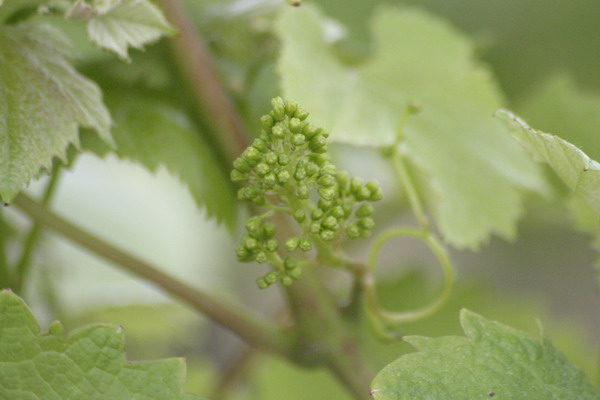
Tom’s bike was well equipped to ride with a little extra gear…
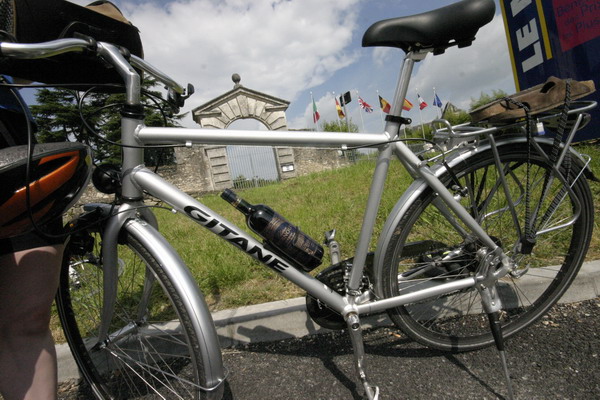
This is the view from Château St. Robert (captured by Tim again), where we stayed for a couple nights. It was an amazing location, right in the vineyards, a beautiful patio to enjoy a summer dinner and best of all, we were the only ones staying there. There are only a few rooms, so at night, we had our own personal château.
Often with the semillion grape, it is affected by “noble rot.” This is where the bacteria Botrytis cinerea attacks the grape bunch and removes water to condense the sugar. This is possible with cool, wet mornings, followed warm, dry afternoons. Tim has captured the mist very well. In fact, this is probably my favorite picture of the trip.
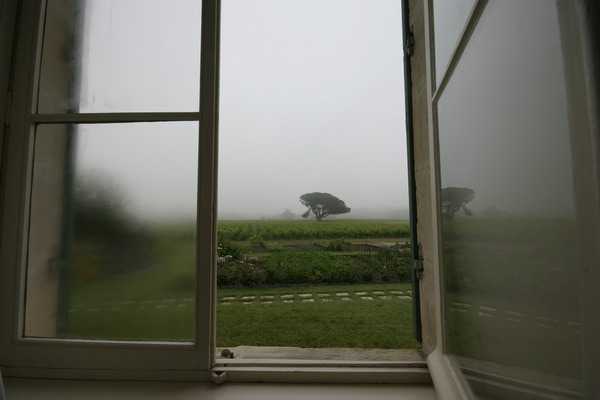
Tim also took his glass of wine out into the vineyard when we decided to climb a tree. The wine was more graceful than our climbing…
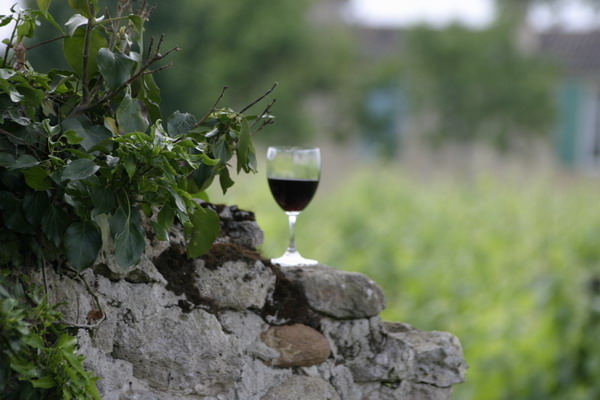
I think Tim was still feeling artistic and made this image with the local flowers and a Château St. Robert bottle.
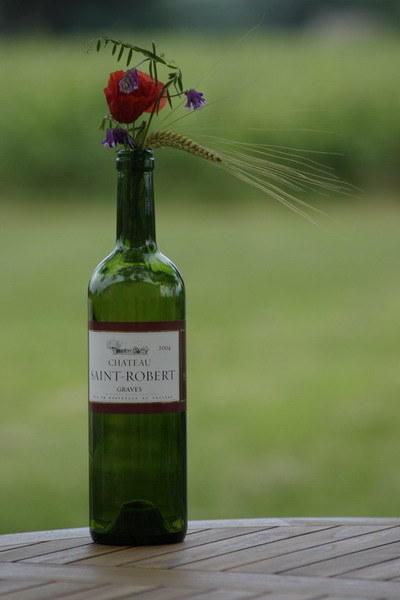
Our next stop was Château Soussac (in the picture below), where we learned of a local fete (festival). It was a great insight to the local culture and people.
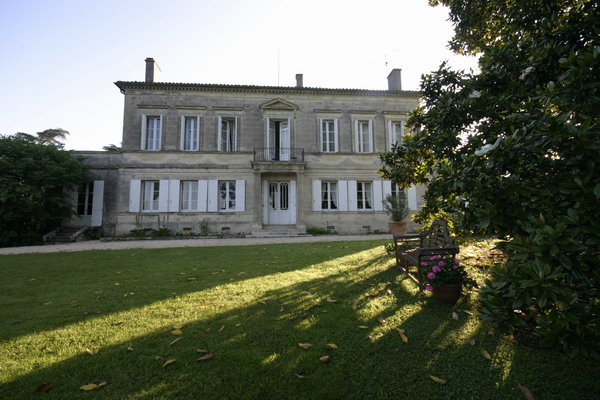
The party began with men/boys in stilts and women/girls dancing. Quite a sight.
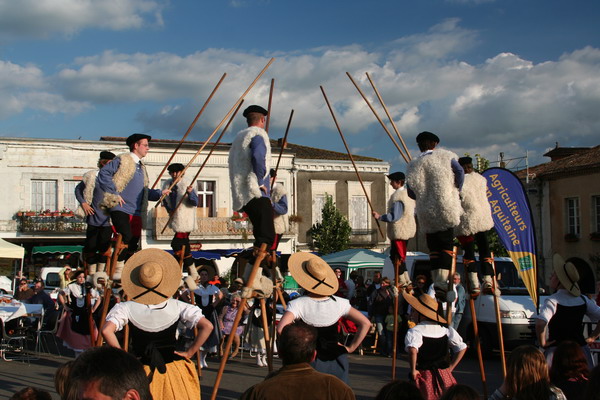
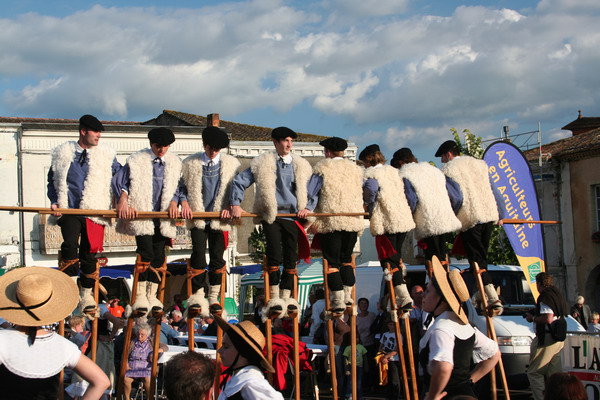
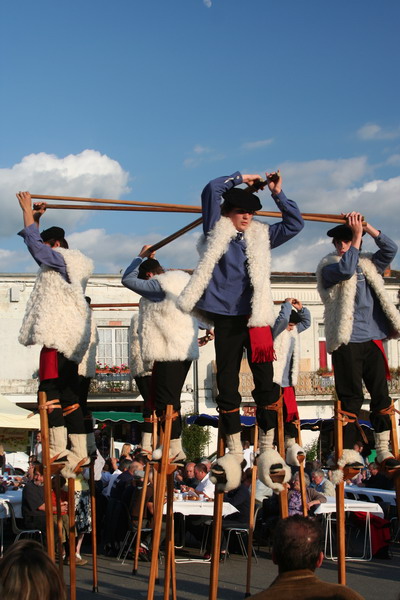
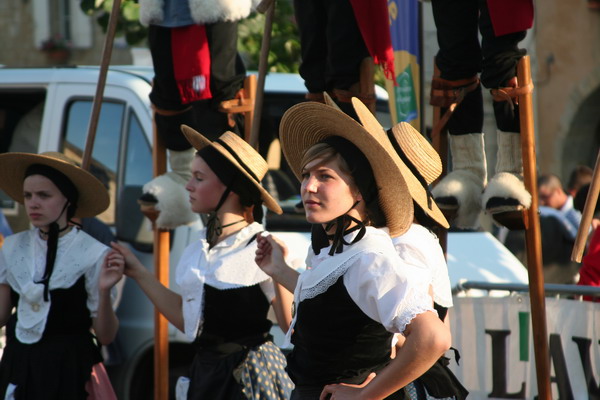
This sheep was surprisingly calm through this process. The sheered wool went to the numerous kids who played with it for about 5 minutes, after which it ended up on the ground.
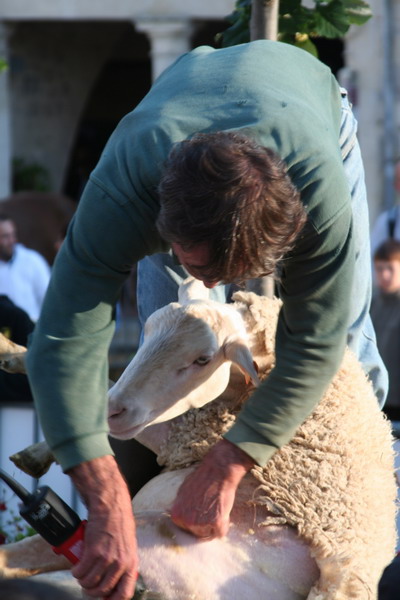
Only Tim and I tried the escargot, but it was quite tasty. If you haven’t tried it before, I highly recommend it. It’s a food that takes on the flavor of whatever sauce covers it (similar to chicken, although it tastes nothing like poultry).
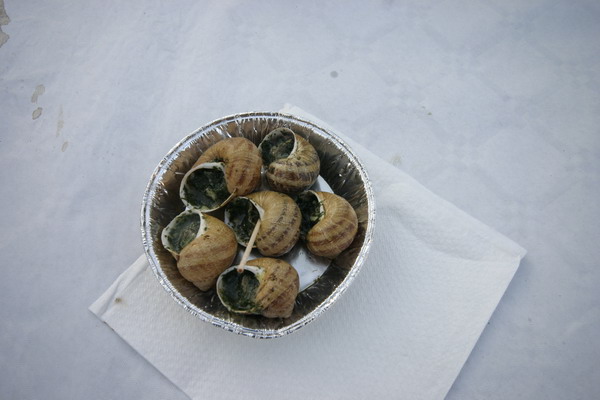
Here is Tom enjoying the feast.
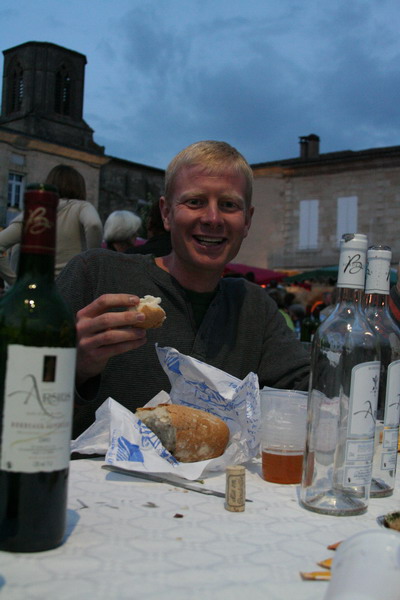
The next spectacle was the dogs who herd geese.
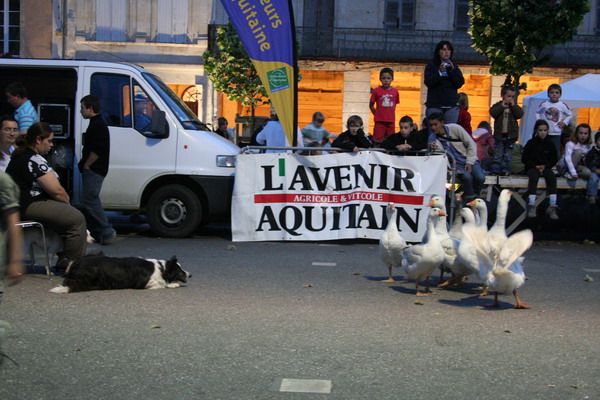
These geese moved as a pack.

We thoroughly enjoyed our evening delving into this quaint village.
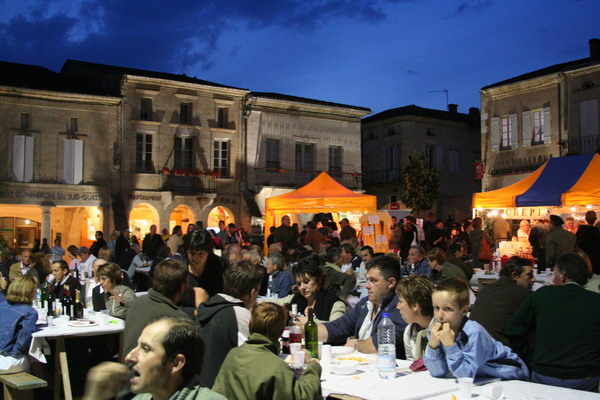
Here are a few images of the whole basis for this trip … biking.
We felt that it was only fitting to take a bike ride and have a picnic. It was delicious.
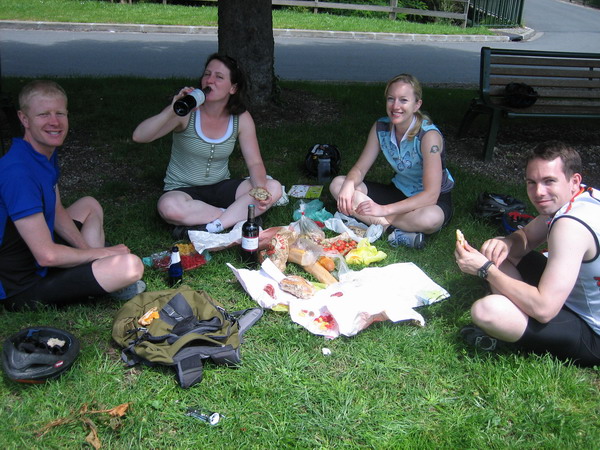
This sculpted hedge was on top of a rond-pont (traffic circle). Although the town is known as a bike town and we saw many bikers to re-enforce that idea, as we stood here taking the picture, there were at least three people who honked at us. Perhaps they were just wishing us well, but apparently not many people take pictures next to this living bicycle.
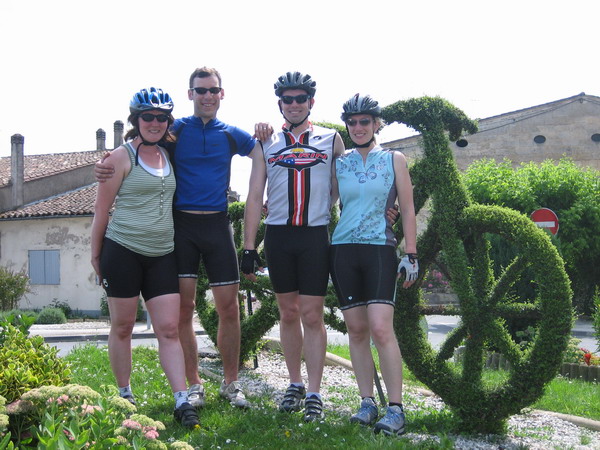
One day the girls opted for a shopping/relaxing day. So, we decided to … punish ourselves. We rode our bikes from one side of the Bordeaux region (Gironde) to the other. About 125 kilometers. It was a very pretty ride and relatively flat. This is the before picture.
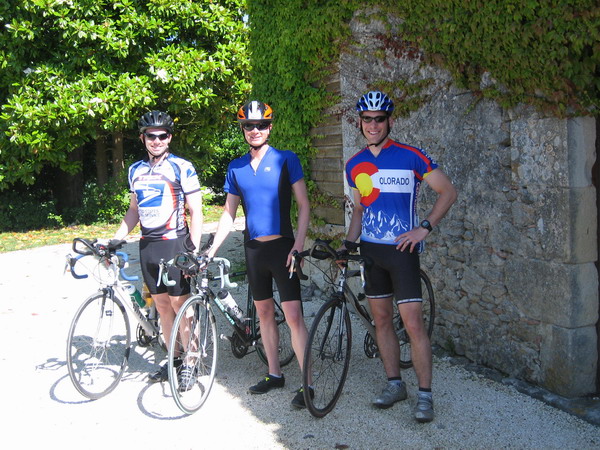
Just over halfway through our ride we traversed Bordeaux. We found traveling via bicycle in the city was better than using a car. In fact, we even had people honk and wave at us. Cycling is a much bigger deal in France.
Here you can see the pretty fountain in the middle of the city. The mist came and is (I believe) representative of the mist that enables the Noble Rot.
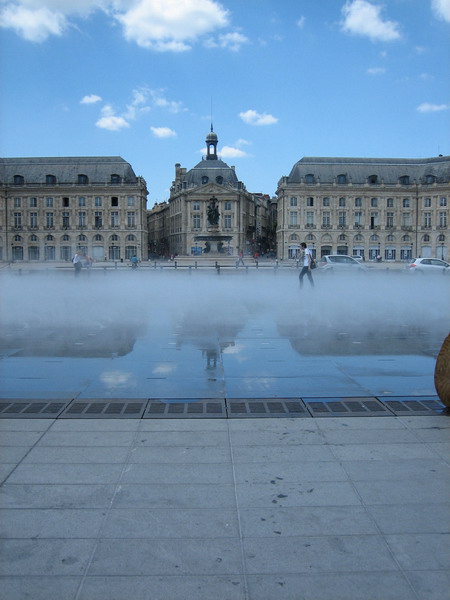
It was also refreshingly cool.
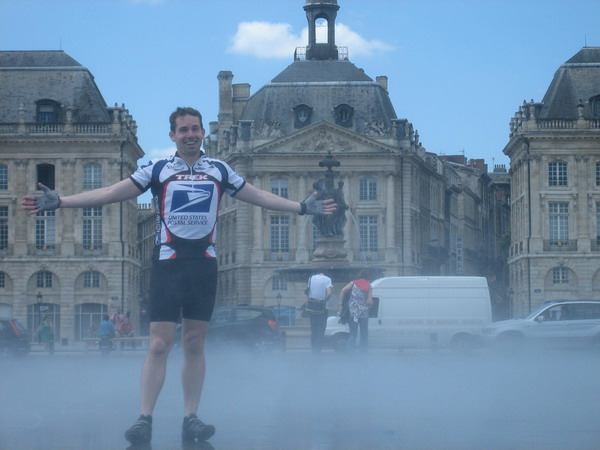
This is one of the Chateaux in Medoc. Whoever said there is no money/prestige in Bordeaux wine making, has never seen these chateaux. There were dozens just like this one.
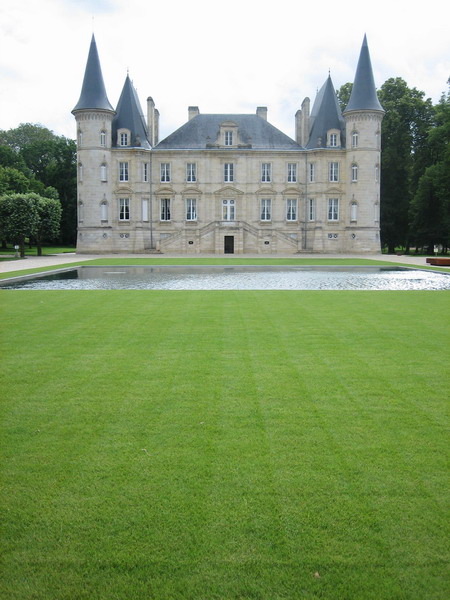
On our final day, we took a short drive over to the famous wine village of St. Emilion. We arrived in time to take part in the Fetes de Printemps (or the festival of spring). This is where many of the local winemakers come to show off their products. It seemed to us that this was as much for other wine makers as it was for tourists.
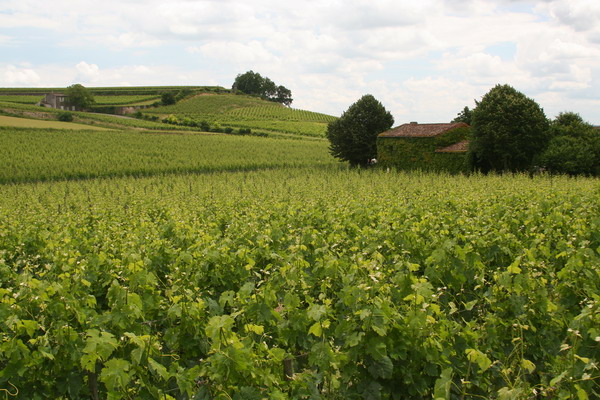
This is the villagescape. The main focal point is the monolithic church that was begun in the 8th century. It’s amazing to see, and the most impressive fact is that it was carved out of the limestone cliff.
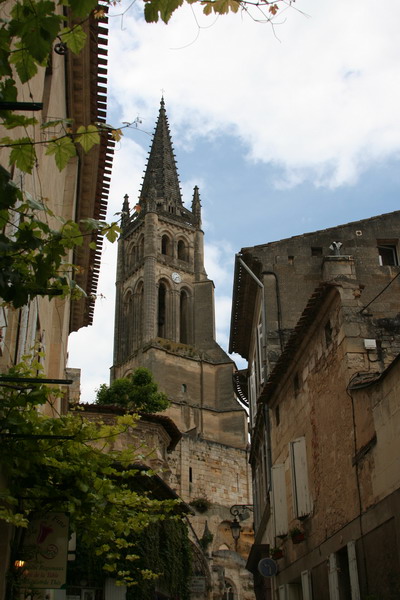
Here Tim’s wide angle lens gives a better view of the church. We toured the inside as well, but unfortunately, they did not allow cameras. However, an entire church cathedral carved out of the solid stone (hence monolithic) is a very impressive engineering feat … all the more so because it’s from the Middle Ages. The only minor mistake the monks made was that the steeple built above ground was slightly off center. Unfortunately, that meant that the giant columns underground meant to support the weight of the bell tower weren’t properly placed. This caused about 2 decades of concern once French engineers realized that cracks were forming in the foundation. The eventual solution was to install giant steel girders around the vulnerable columns. It’s not the most aesthetically pleasing, but it is apparently sufficient to continue to hold the weight.
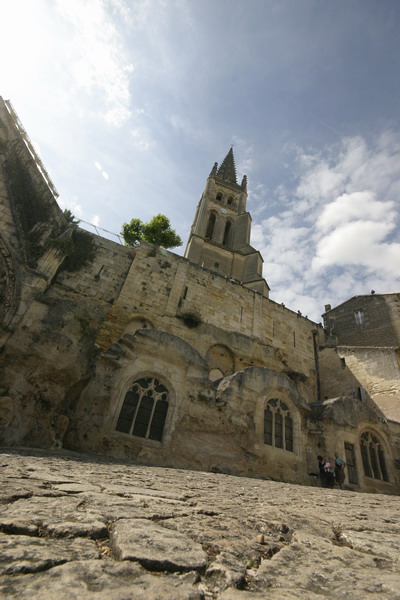
Since we heard so much about this bell tower while we toured the underground, we decided to climb it and see what all the hype was about. It certainly afforded majestic views of the countryside and village.
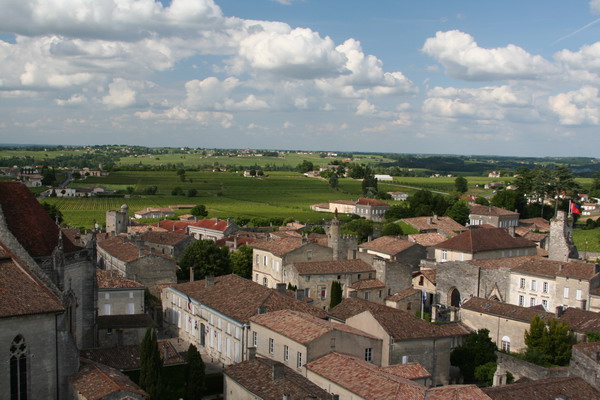
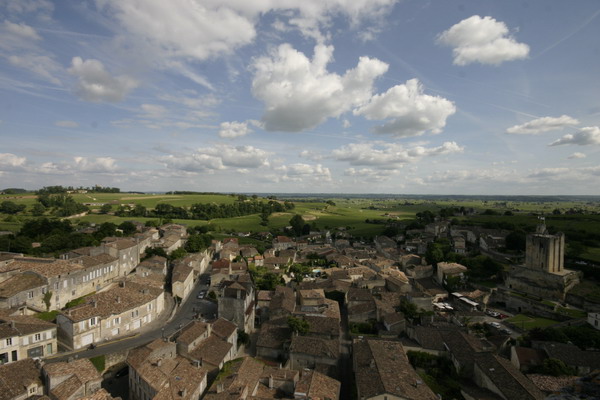
This is the King’s Tower, the second most famous tower in the village.
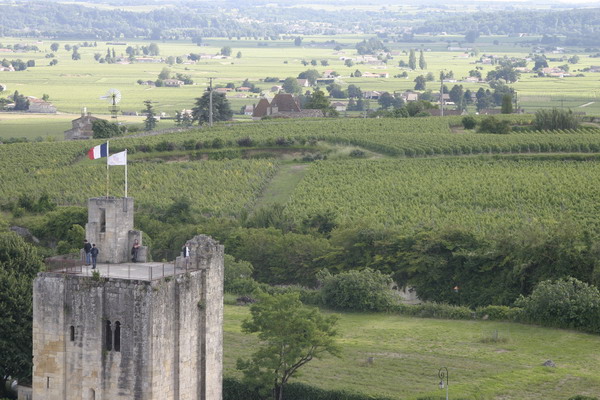
Tom and the ladies…
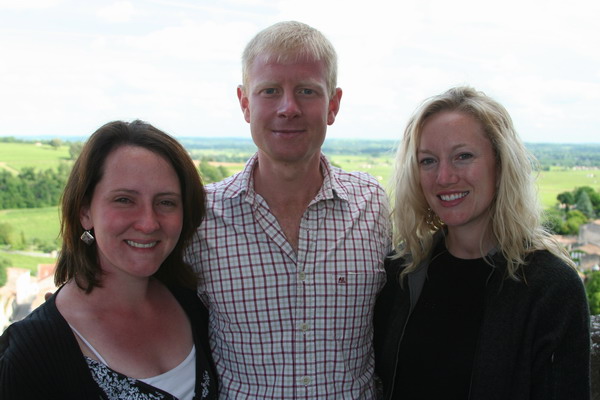
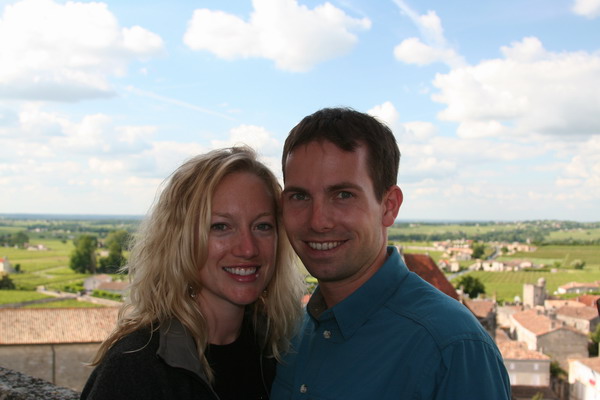
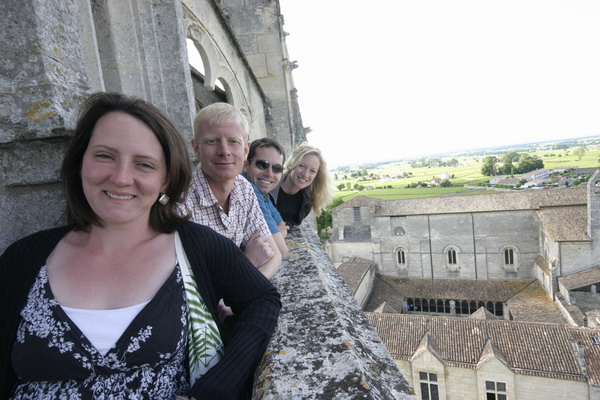
This final image is not mine. It’s a representation of the cave painting we saw nearby. In fact, these paintings are the oldest recorded cave paintings in the world. The first cave we visited, Grotte de Fonte de Gaume, has this image on the cave wall and is the last Stone Age era cave painting still open to the public. It was incredible to walk into a cave, and see something our ancestors created BEFORE the last ice age (13,000 years ago). Unfortunately, since the pigment is not carbon based, precise dating is difficult. However, the calcium carbonate that covers parts of the painting can be dated to the last ice age. So, we know that the paintings are at least that old. Combined with other archeological found at this sight and others nearby, the estimate that the actual age of the painting is more like 17,000 years old. Sadly, the most magnificent cave painting at Lascaux is closed to the public. From the time it was discovered in the 1940s until the 1960s when it was closed to the public, it deteriorated at an alarming rate. So, to remedy that problem, French engineers and painters created an exact replica of the most stunning parts and built it into the ground about 200 meters away. Although the replica is quite stunning it didn’t compare to the real paintings we saw at Fonte de Gaume. We hope that at least that cave stays open for a long time to come.

Bordeaux has a lot to offer and we really enjoyed our time there. Since we didn’t have high hopes for the sights, we were very pleasantly surprised. Spending time with our good friends Tom, Tim and Dori was the highlight though.
We look forward to another adventure with them soon.
So, until then…
–Jim
Skip to content
Our Family Story.
